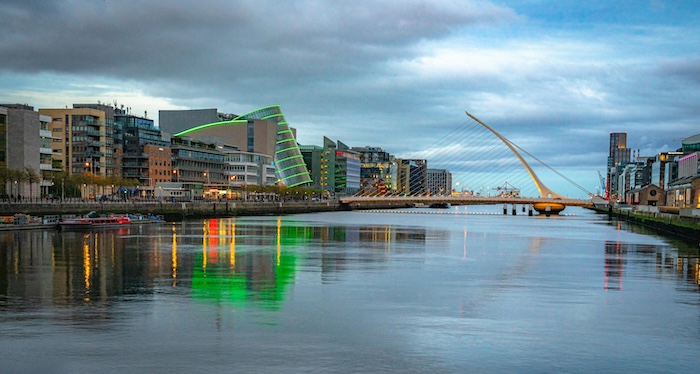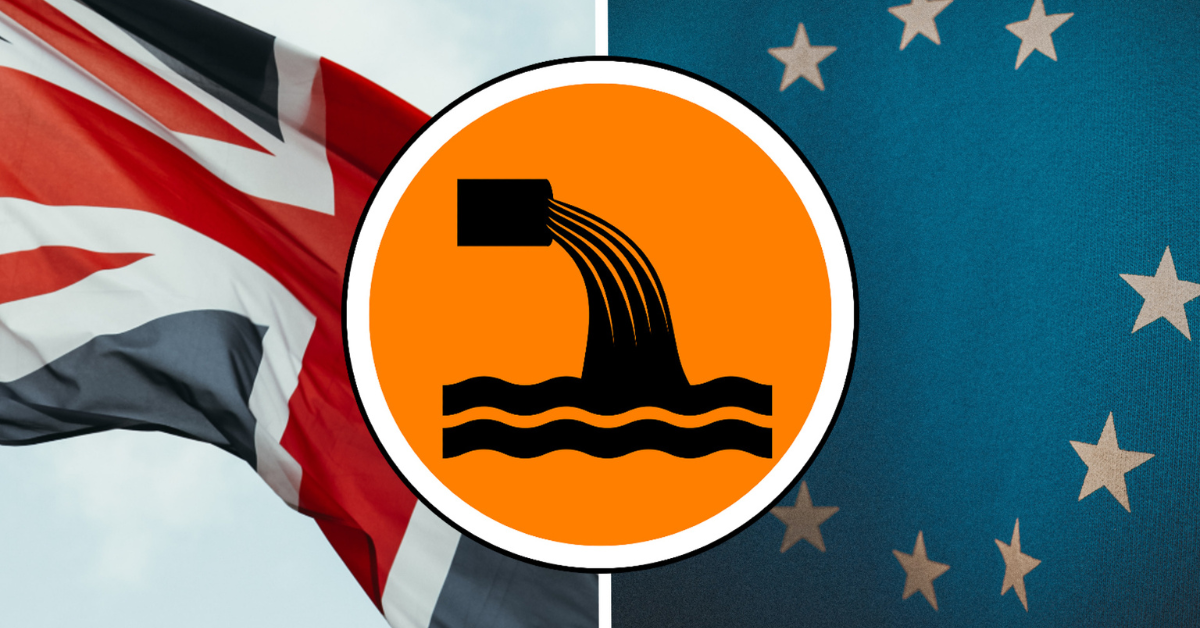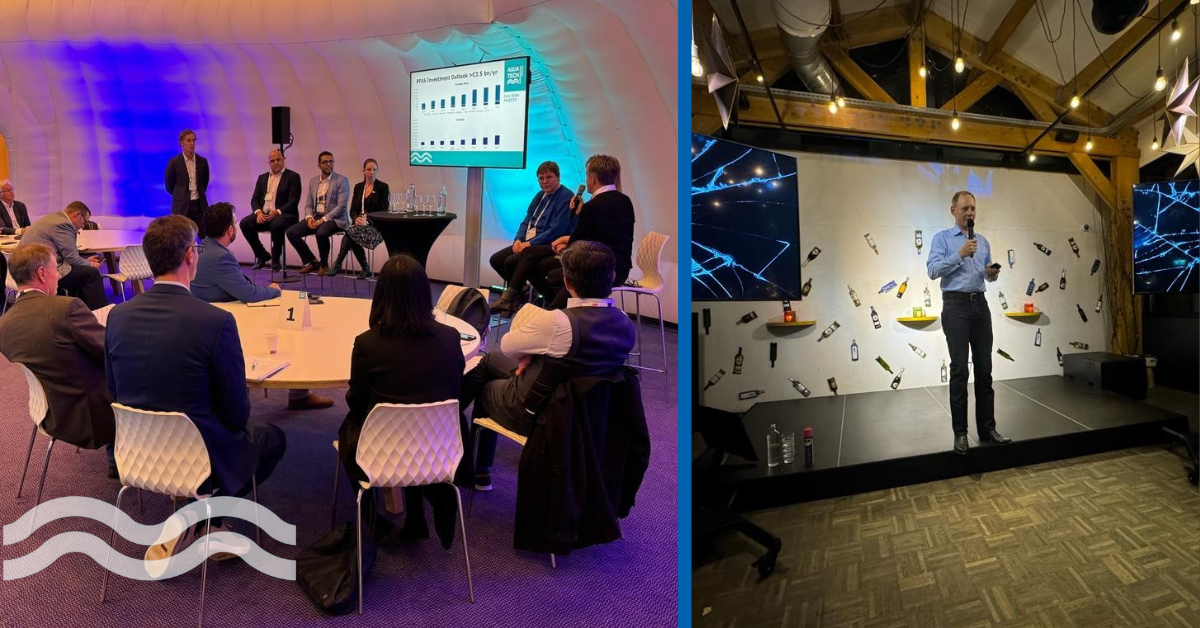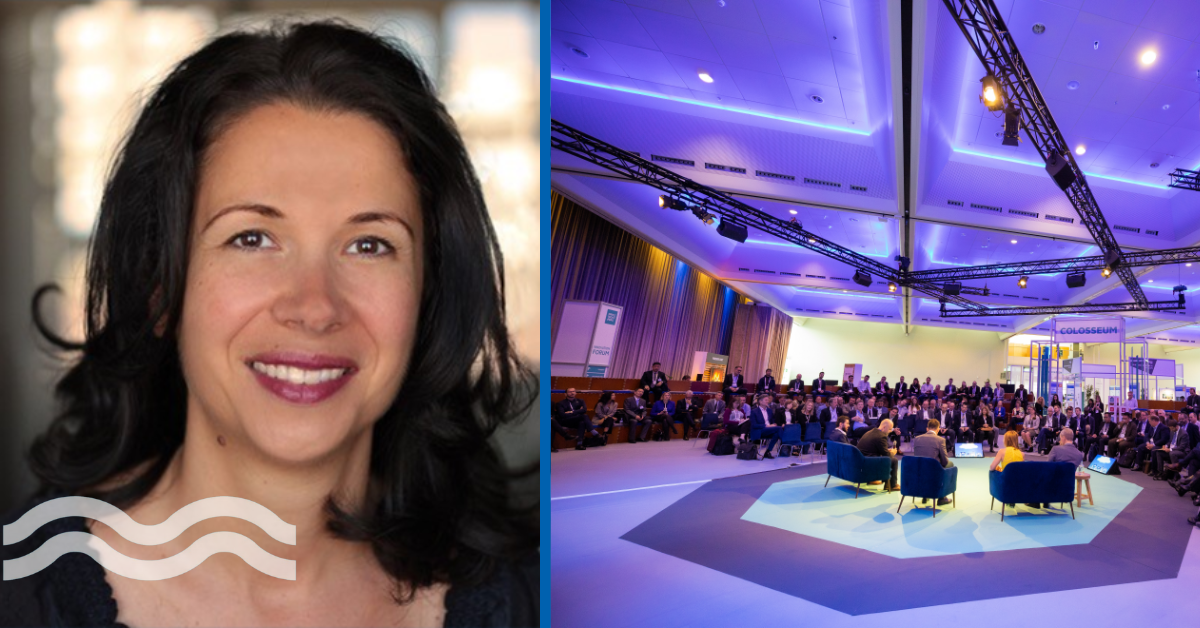Dublin turns to smart ball technology to save water
Irish utility Uisce Éireann is using smart technology provided by Spanish cleantech company Aganova, in partnership with Microsoft and Suez, to tackle the problem of leakage in the supply network that serves 80 per cent of the capital city’s water needs.

How big is the water network in the Dublin area?
Uisce Éireann currently manages more than 63,000 miles of network pipes, much of which uses infrastructure from the 19th century, to deliver drinking water to the Greater Dublin area. It currently takes 600 million litres of water from the Liffey to service the needs of the Greater Dublin area. Overall, the water network in the Greater Dublin area comprises approximately 10,000km of water mains, of which 2,500 are trunk mains.
On average, the utility estimates that across Ireland, over 30 per cent of all treated water is lost every day through leaking pipes before it reaches taps. In the Greater Dublin area, the utility fixes an average of 2,000 leaks every month, with more than 200 experts dedicated to the task.

The problem of water supply in Dublin
Ireland may not seem an obvious country to be suffering from water supply issues; it rains a lot. However, after recent dry spells, it was placed on a warning list by the European Drought Observatory: Ireland is suffering from water scarcity issues, which means that supply is struggling to keep up with demand. While winter rainfall levels remain steady, recent summers have seen significant reductions.
Geography also plays a part; the biggest demand for water comes from Ireland’s east coast, including the capital city, Dublin. However, most of the rain falls on the West Coast. Factor in a growing population, ageing infrastructure and associated water losses, inadequate storage facilities, and increased demand from industry and agriculture, and associated water treatment demand, and it is clear to see why scarcity becomes an issue.
Dublin is on the drier eastern seaboard, but with more than a quarter of the country’s total population living there, water demand is extremely high. As much as 80 per cent of the city’s drinking water supply is extracted from the Liffey, a figure that increases when looking at the Greater Dublin area. This reliance on the Liffey exposes the entire Dublin region to vulnerabilities caused by drought or pollution events.
“At 132km long, it's probably one of the most important rivers in the country from a water supply perspective,” Milton explained. “It supplies drinking water to two million people in the greater Dublin area, along with a host of industries.”
Five times more water is taken from the Liffey than from any other river in Ireland, but despite its importance, it only just scrapes into the top 20 rivers in the country by size.
How to address the problem?
Uisce Éireann inherited the water network a little over 10 years ago. It embarked on a sustainable and sustained investment plan to drive down leakage rates. Having made significant reductions in the following decade, the utility found the challenge had actually become tougher.
“We're finding now, once we've gotten to that 30-33 per cent, it gets harder to get further,” began Milton. “It's the old saying, ‘what got you here won't get you there’. So, we knew we needed to do something a little bit different.”
There is no doubt that current levels of water loss are already too high; however, the utility also faces further challenges. As a result of economic growth, population growth and the impact of climate change, the utility predicts that the Greater Dublin Area will need 34 per cent more water than is currently available.
One way to reduce demand on the Liffey and help to meet future demand is to reduce even further the volume of water lost to leakage.

Monitoring trunk mains using smart ball technology
To address the challenge of going ‘further’, Uisce Éireann started ‘horizon scanning’ for suitable partners and technologies. Eventually, the utility partnered with Suez and Microsoft, as part of the latter’s global water positive drive, to facilitate a project focused on the trunk main with the highest levels of leakage in the Greater Dublin area. Spanish cleantech company Aganova was chosen to supply its Nautilus technology.
“We have ambitious targets to get down to 20 per cent lost in the greater Dublin area, and 25 per cent nationally by 2030,” Milton said. “We've got to do something a little bit different and embrace new technologies, like AI, to help us in that journey and with the ‘war on leakage’ as we call it.”
Nautilus travels the trunk main system
Aganova’s Nautilus is a spherical device that can travel up to 35km in one day along large pipes. It is equipped with acoustic sensors and utilises AI-driven analysis that provides real-time detection of leaks, accurate to under one metre.
Nautilus also provides flow rate to determine the severity of the leak and pressure profiling to highlight early warning signs of corrosion and cracks.
Marcos Barrera Parrilla, chief operating officer, Aganova, explains the benefits of using Nautilus technology: “In water distribution, there are two assets, one is water, the other is the pipe. We take care of them both; we detect leaks and we assess the condition of the pipes as well.”
By tracking leak formation in real-time, pinpointing where the leak has occurred and offering an effective assessment of trunk main conditions to predict where a leak is likely to occur, Uisce Éireann’s engineers can ensure a speedy and proactive response with minimal disruption.
Building resilience in Ireland’s water supply
Reducing the volume of water lost to leaks will help combat current water scarcity issues and help prevent future problems. Leak detection is only one part of the solution to Dublin’s ongoing water security concerns; it helps to build resilience in the system while stabilising supply for communities and industry.
Milton concluded: “I'm really looking forward to the completion of this collaboration project with Microsoft, Suez and Aganova. We don’t want to take any more water from the Liffey than we need to. So, if we can reduce the amount of water we take, it will make the river a more sustainable water source for the wider community.”

Joining the open data movement to tackle water's biggest challenges

Is Briton falling behind EU with combined sewer overflow plan?

5 key developments from Aquatech Amsterdam 2023

Accelerating water agility: 4 reflections from my time in Amsterdam
